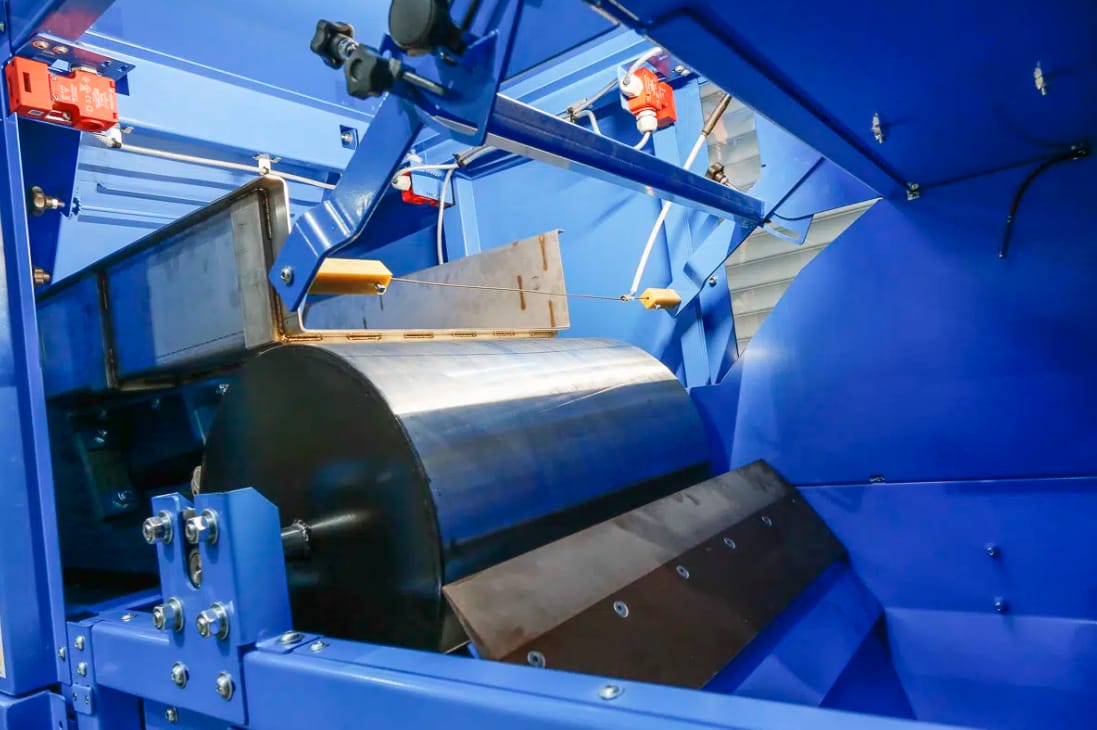The Important Role of Mineral Separation Equipment in Mining Operations

In the vast and complex world of mining, efficiency and precision are paramount. The extraction of valuable minerals from the earth is a complicated process that requires cutting-edge technology and expertise. Among the myriad of processes involved, mineral processing stands out as a critical operation—a stage where the wheat is separated from the chaff, so to speak. This is where mineral separation equipment plays an indispensable role.
Understanding Mineral Separation
This process not only enhances the purity and quality of minerals but also significantly increases their market value. Minerals, after being extracted from the earth, are mixed with unwanted materials, and separating these efficiently is no small feat. It requires robust techniques and sophisticated equipment to achieve the desired separation.
The Heart of Mineral Processing Solutions
At the heart of efficient mining operations is a suite of mineral processing solutions, among which mineral extraction equipment is crucial. These solutions encompass a wide array of processes, including comminution, sizing, concentration, and dewatering. Each step is designed to incrementally increase the concentration of the valuable mineral.
This equipment is employed extensively at various stages of these processes to ensure the effective separation of minerals based on their physical properties, such as magnetic susceptibility, density, or electrical conductivity. This equipment utilizes different methods like gravity separation, magnetic separation, flotation, and electrostatic separation to achieve optimal results.
Types of Mineral Extraction Equipment
The types of equipment used for separation vary widely, depending on the nature of the minerals being processed and the specific requirements of the mining operation. Some of the most common types include:
- Jig concentrators: Used for the gravity separation of minerals based on differences in density.
- Magnetic separators: Utilize magnetism to separate magnetic minerals from non-magnetic ones.
- Flotation cells: Employ chemicals and air to separate minerals based on their affinity for water.
- Hydrocyclones: Use centrifugal forces for the separation of materials by size and density.
These are just a few examples of the diverse array of equipment designed to ensure the efficient separation of minerals.
Conclusion
The role of mineral separation equipment in mining operations cannot be overstated. It is the backbone of efficient mineral processing solutions, enabling the extraction of valuable minerals with high purity and yield. This equipment not only optimizes the economic viability of mining projects but also minimizes environmental impact by reducing waste. As mining operations continue to seek ways to improve efficiency and reduce costs, the importance of advanced equipment will only continue to grow.
Copyright © Rain Stone LLC All Rights Reserved